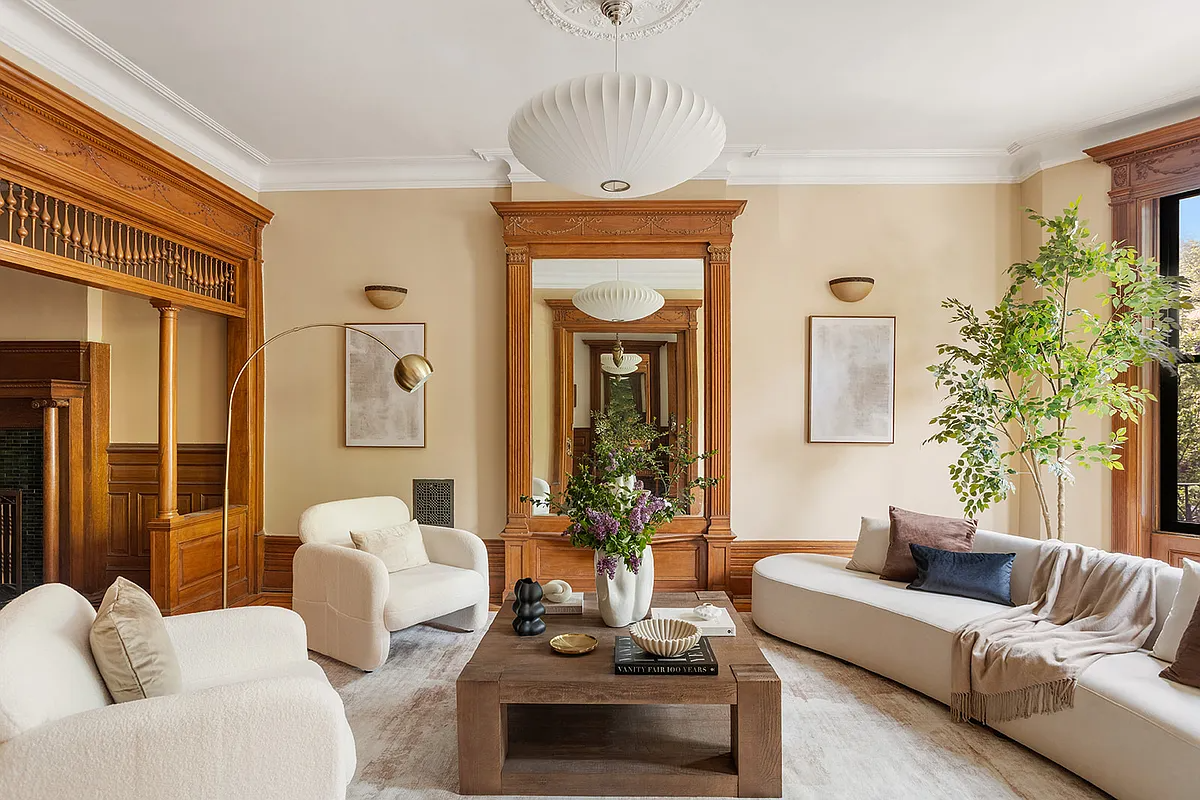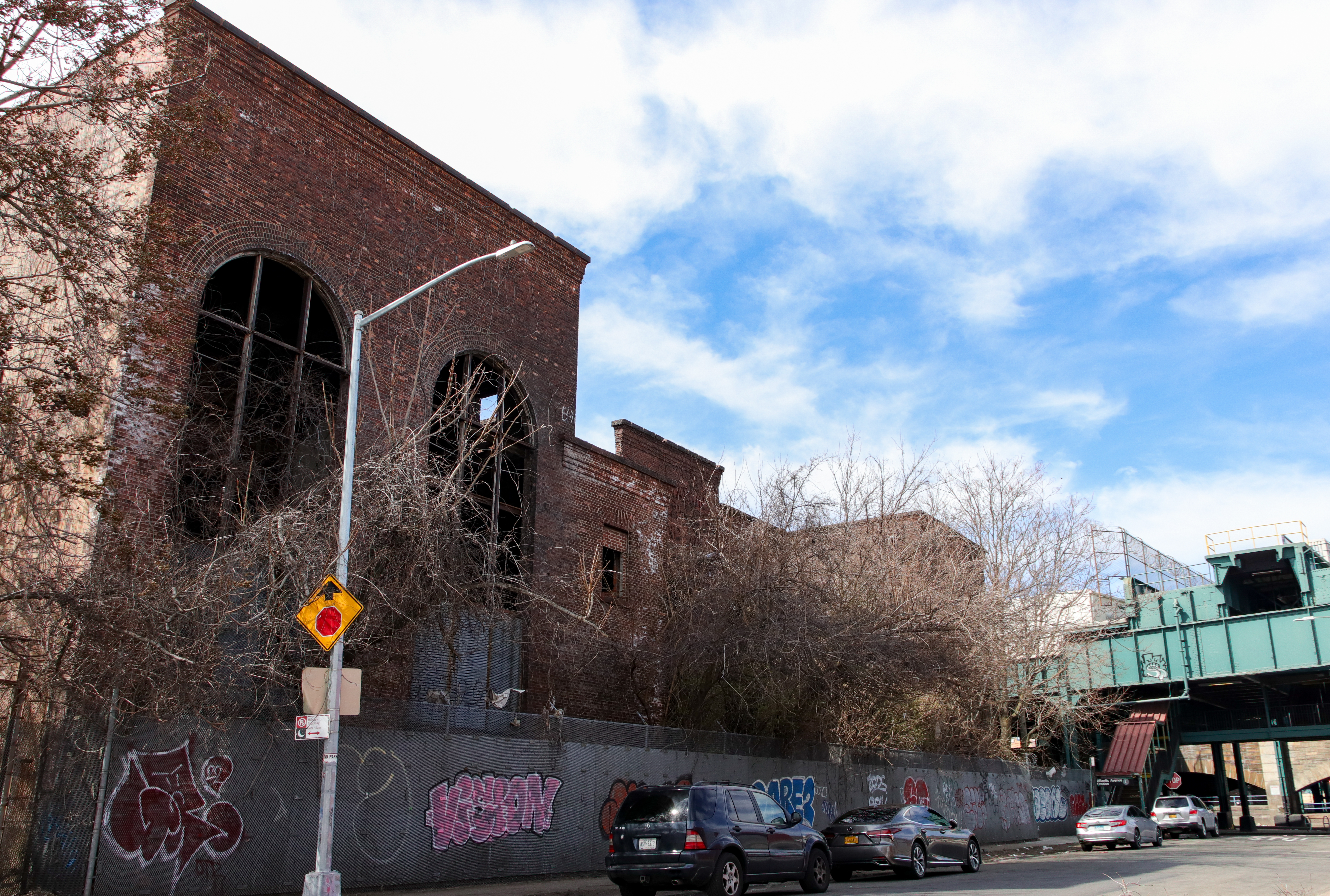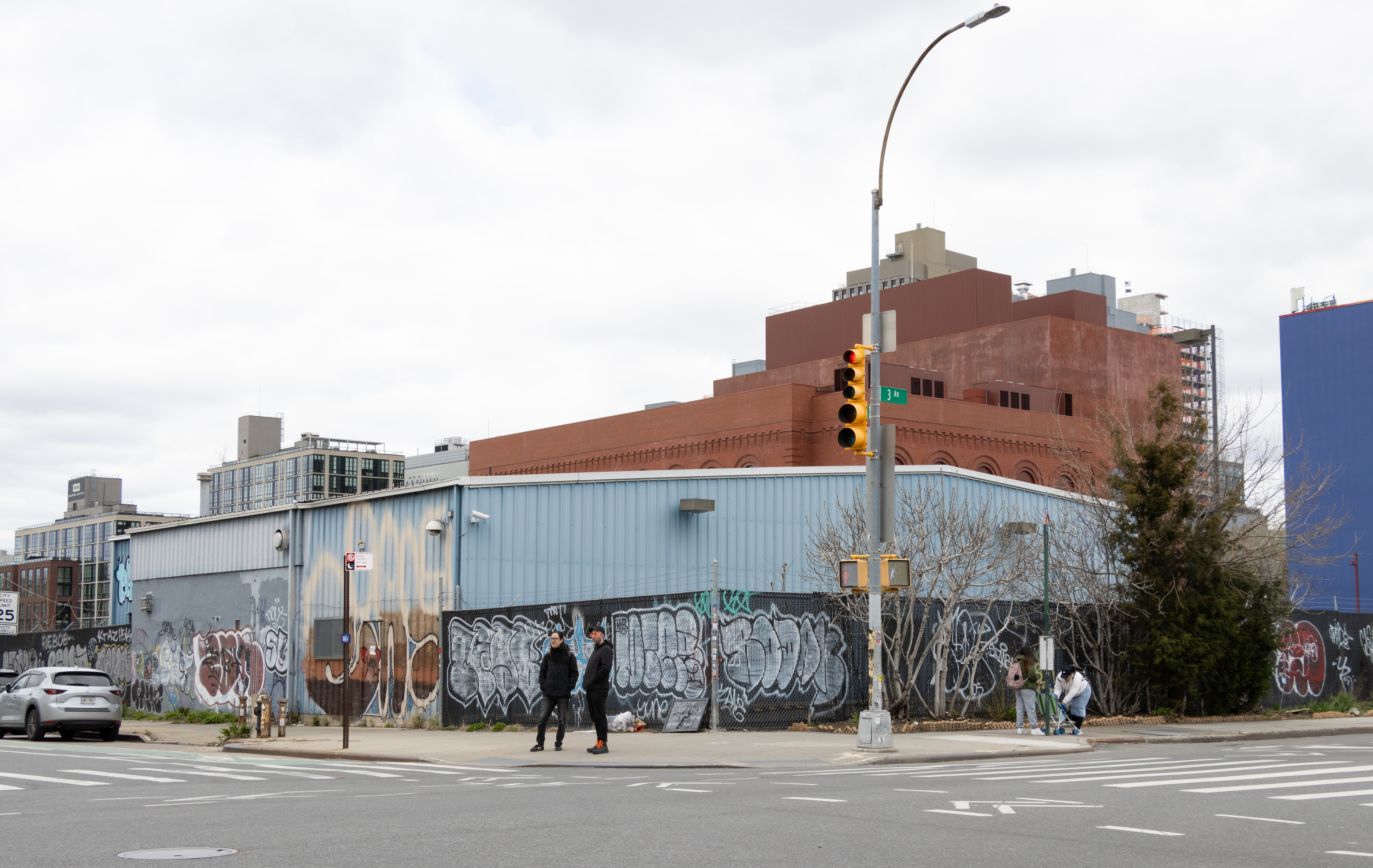Report on 'Invention of Brownstone Brooklyn'
Regular Brownstoner reader/commenter Mopar filed this report about yesterday’s panel discussion on gentrification in Brooklyn emceed by Suleiman Osman, author of the new book “The Invention of Brownstone Brooklyn: Gentrification and the Search for Authenticity in Postwar New York”: Tuesday night’s panel on “The Invention of Brownstone Brooklyn: Race and Gentrification in South Brooklyn” at…
Regular Brownstoner reader/commenter Mopar filed this report about yesterday’s panel discussion on gentrification in Brooklyn emceed by Suleiman Osman, author of the new book “The Invention of Brownstone Brooklyn: Gentrification and the Search for Authenticity in Postwar New York”:
Tuesday night’s panel on “The Invention of Brownstone Brooklyn: Race and Gentrification in South Brooklyn” at the Museum of the City of the New York focused on Brooklyn’s former slums where brownstones now sell for $2 million and up.
“For me, the Park Slope of 2011 is a limousine parked in front of a public school, said “Prospect Park West” author Amy Sohn, explaining that just that day she had seen one parked outside PS 321 waiting for a parent. “I feel the book [Osman’s] is about my life. I came from Mitchell-Lama housing and now we live across from [actor] John Turturro.”
Was the brownstoning movement of the 1960s and 1970s a success? It depends on who you ask. Author of “The Invention of Brownstone Brooklyn: Gentrification and the Search for Authenticity in Postwar New York” Suleiman Osman, who grew up in Park Slope and is a professor of American Studies at George Washington University, did not pick a side.
“If it’s about increasing real estate values, then it’s been very successful,” said Michelle de la Uz, executive director of the Fifth Avenue Coalition. “If it’s about the urban ideal of diversity, then it’s failed miserably. We need public policy with equity and justice at the forefront to achieve that urban ideal we were all attracted to and decided to stay in New York for.”
Back in the 1960s, brownstoners moved to Brooklyn so they could live in “someone’s former mansion” and have more space to raise their families for not much money, related Ken Patton, a founder of the Brownstone Revival Committee. When a neighborhood group planned to picket the Dime Savings Bank for redlining Brooklyn, he held a cocktail party for newcomers and bankers, and convinced the money men to offer mortgages to young, white professional families moving into Park Slope. But first he had to convince them that the newcomers were not “bohemians.”
“I’m a victim of displacement and gentrification,” said audience member and Councilwoman Tish James, who grew up in Park Slope and whose family was forced to move when rents rose. The recent census shows a reverse Great Migration is taking place, with more than 10,000 African Americans moving from New York to the South because they can no longer afford to live here, she said. “There’s a huge disparity in wages and the socioeconomic situation in New York City. It’s rather devastating to walk in your own community and feel like a stranger.”
Brownstoner commenters Amzi Hill and BedstuyMaven attended. Were there any others? What did you think of the panel?





*rob* I have a copy you can borrow.
Re: 10,000 African-Americans displaced. Not every black and hispanic family leaving Brooklyn is being economically displaced. Recent census data shows that the white newcomers in Bushwick are actually lower income than those hispanics who have moved out. The reality is that a significant proportion are buying homes in the Poconos. African-Americans are doing the same in the Greater Charlotte and Atlanta areas.
Etson, all of these neighborhoods are the result of social engineering.
“that doesn’t mean she doesn’t suffer from what psychiatrists call “root shock” — or displacement from her home and community (her roots) by forces outside her control.”
NOP, as you allude to in your later post, wouldn’t this same phenomenon explain the feelings of those were living in the areas as they ‘de-gentrified’?
If we want to fix neighborhoods at particular points on the social scale, it has to work both ways. If poorer neighborhoods were to have the formal right to resist gentrification, it would follow rationally that wealthier neighborhoods should be allowed to prevent poorer people from moving in.
I would prefer neither of these things to happen. Let communities develop of their own accord without interference or social engineering.
i think im going to pick it up tomorrow… is it only in hardcover tho? anyone read it and have a copy they wouldnt mind lending? im a quick reader and wont disappear with it!
*rob*
mopar- he was being snarky about NPR.
Well said NOP…
MM we are on the same page… It is a bit strange how Bedford Stuyvesant and Crown Heights are left out… It seemed like the entire restoration and Bobby Kennedy idea sparked people to move or stay in Bedford Stuyvesant and North Crown Height today. If you look at http://digitalgallery.nypl.org/nypldigital/dgkeysearchresult.cfm?keyword=bedford+brooklyn you see black and white families like Joe & Natalie Bailey of 123 Hancock St or Robert & Vonceil Turner. of 254 Hancock… These young couples moved east of Washington a brought someone old mansions. The event last night did turn into Park Slope talk like always and did not really talk about the beautiful architecture of these areas being a reason why someone would move to brownstone Brooklyn.
Although the Brownstoners of Bed-Stuy may have begun 10 years later than those in Park Slope, you have to remember they were already living in Bed-Stuy, and if I remember correctly, and as MM points out, mostly Black folk, very proud of their homes.
I have to say I never thought anyone would assume that being a Brownstoner was related to color. One of my neighbors from when I grew up in the Bronx, moved to Bed-Stuy where her family already owned a brownstone. It was a point of pride- so what irks me about this whole issue is the assumption that only “young, white, professionals” loved these buildings or cared enough to fix them. The big difference was they had more resources- and wasn’t it odd how they could get mortgages in “redlined” areas while Black families in the same neighborhoods could not?
And benson- I’m sure they weren’t but probably Sarah Palin will give a report to your liking on Fox.
I don’t know if NPR was at this event. Did you hear something on the radio about it?